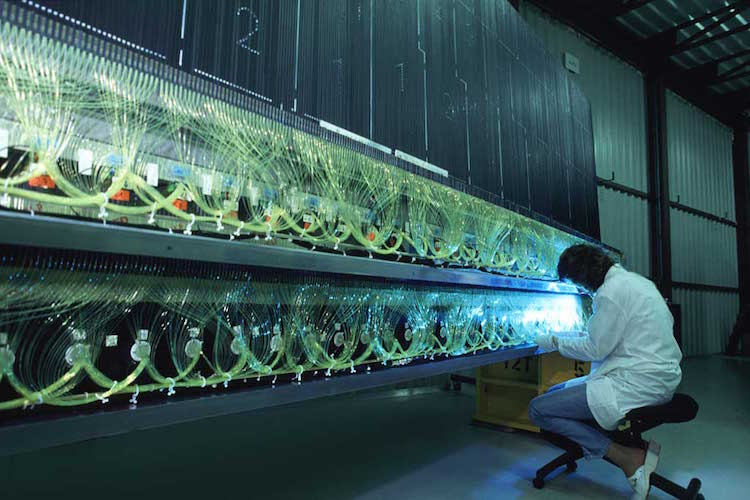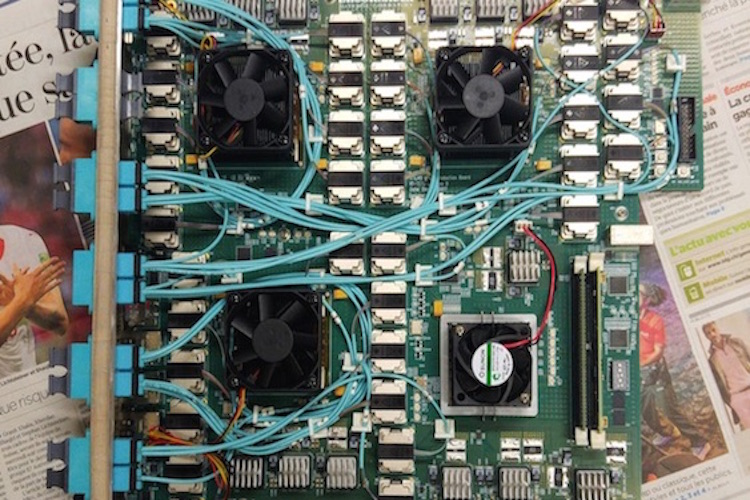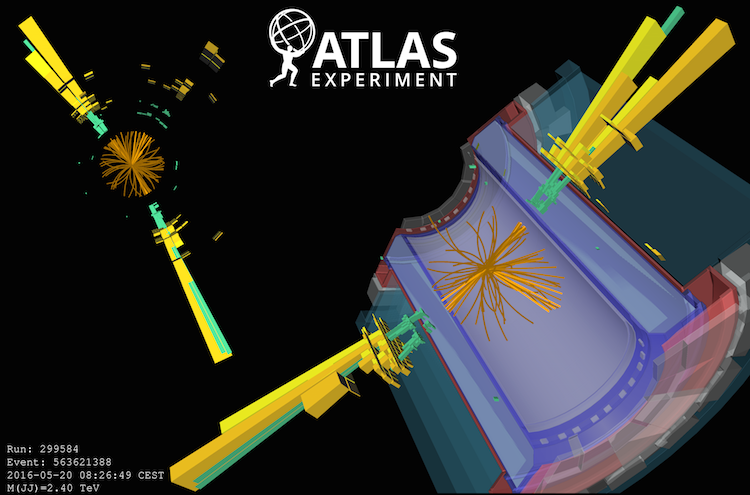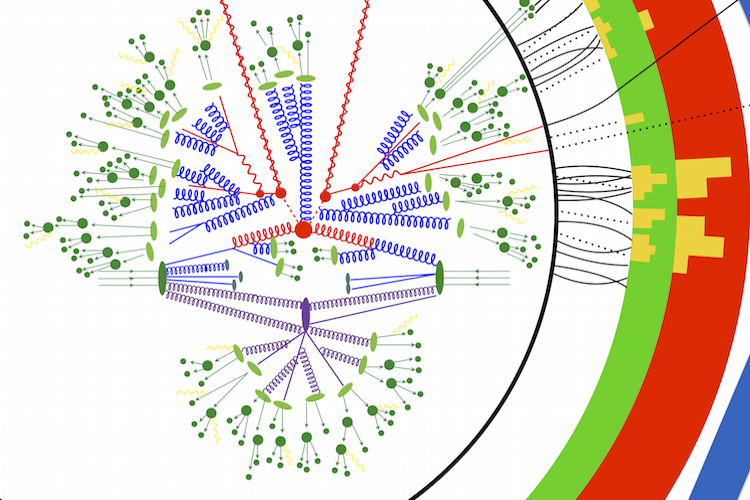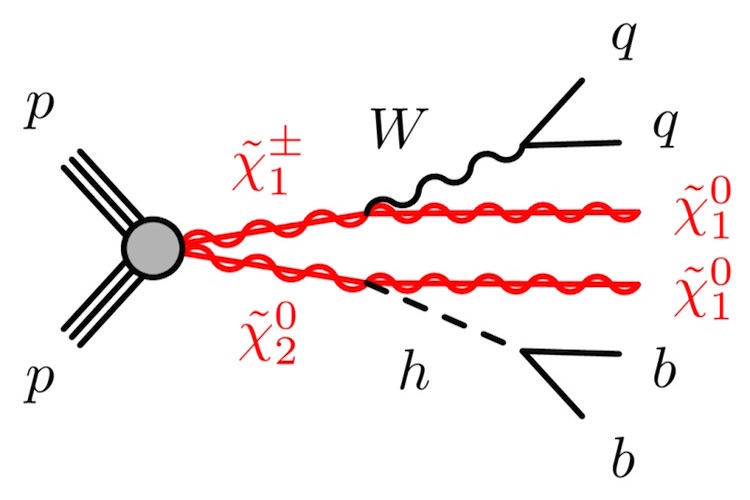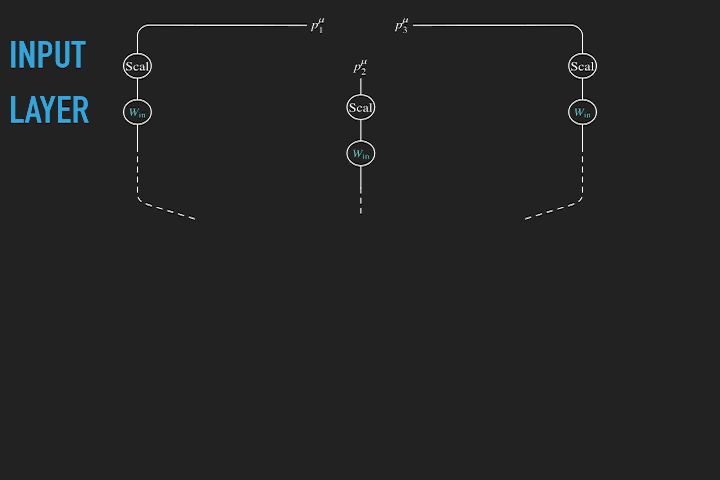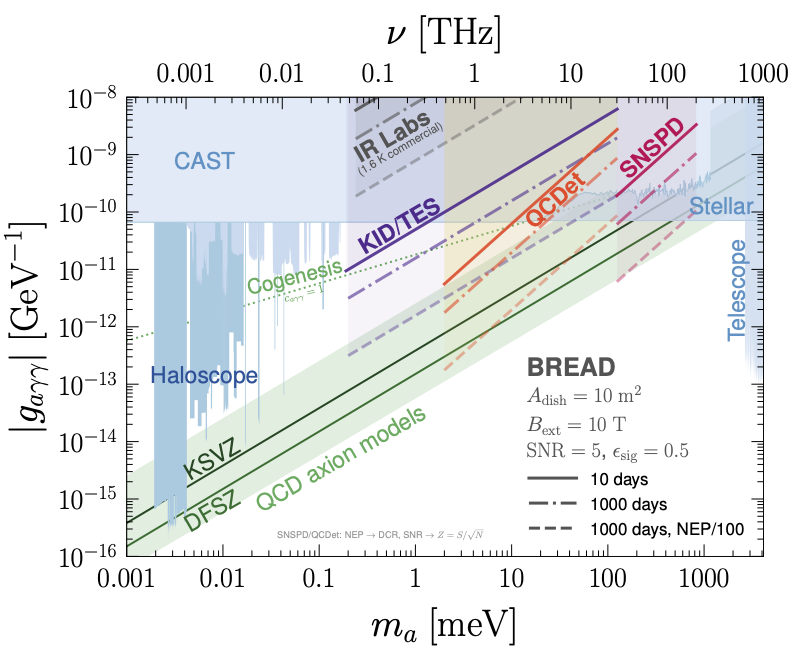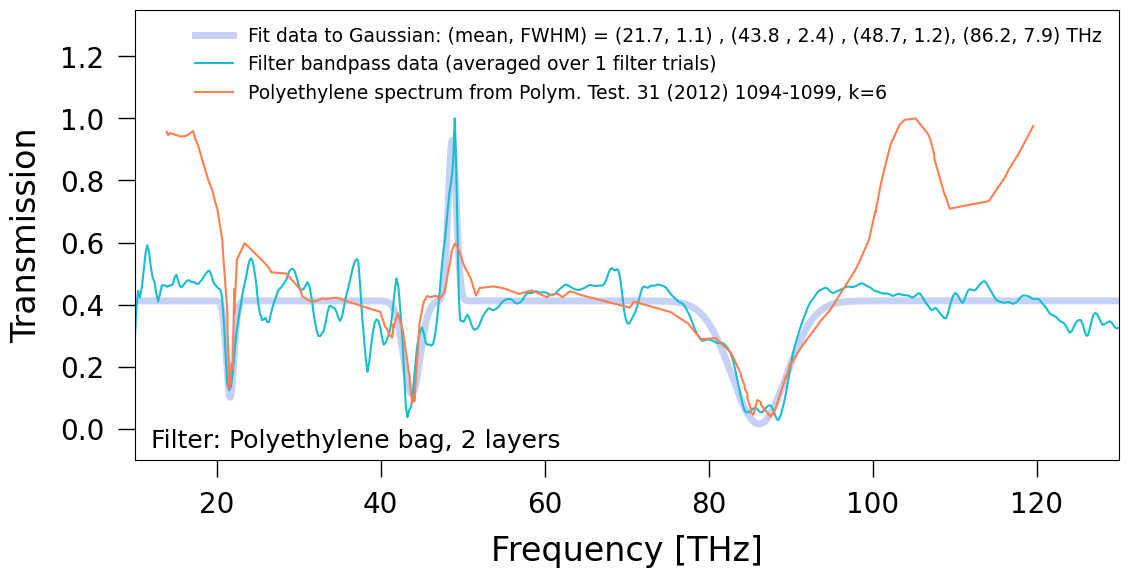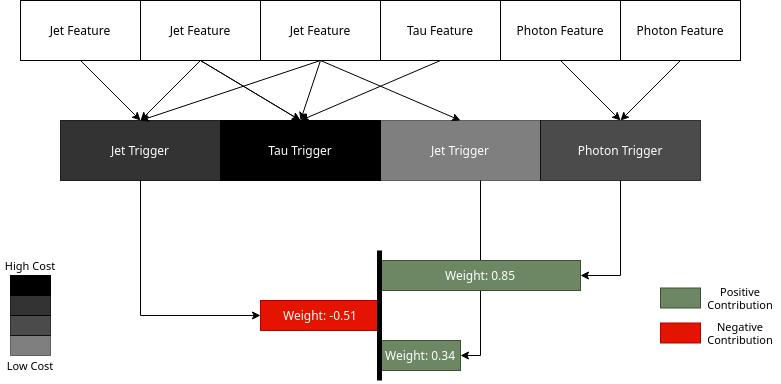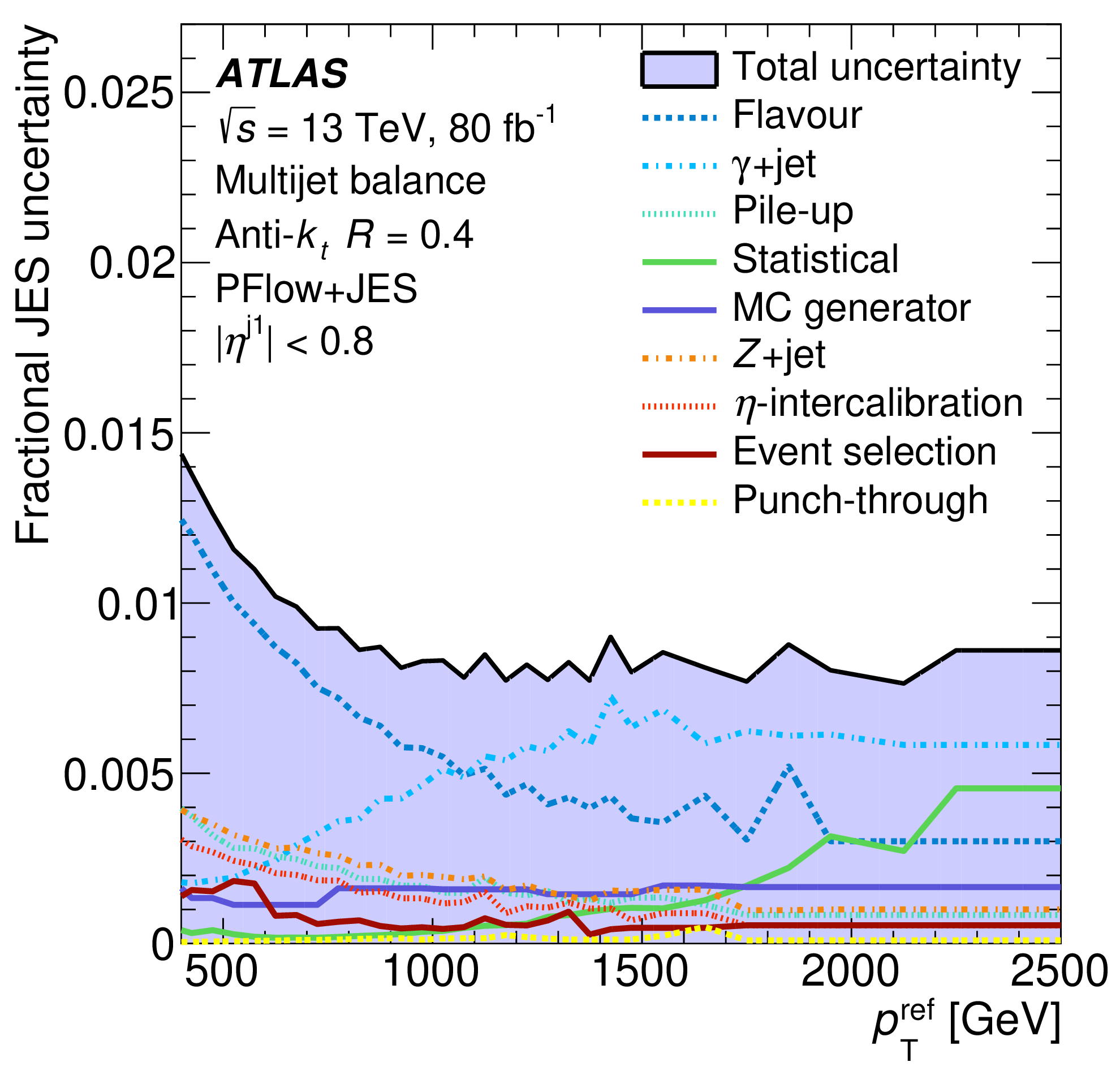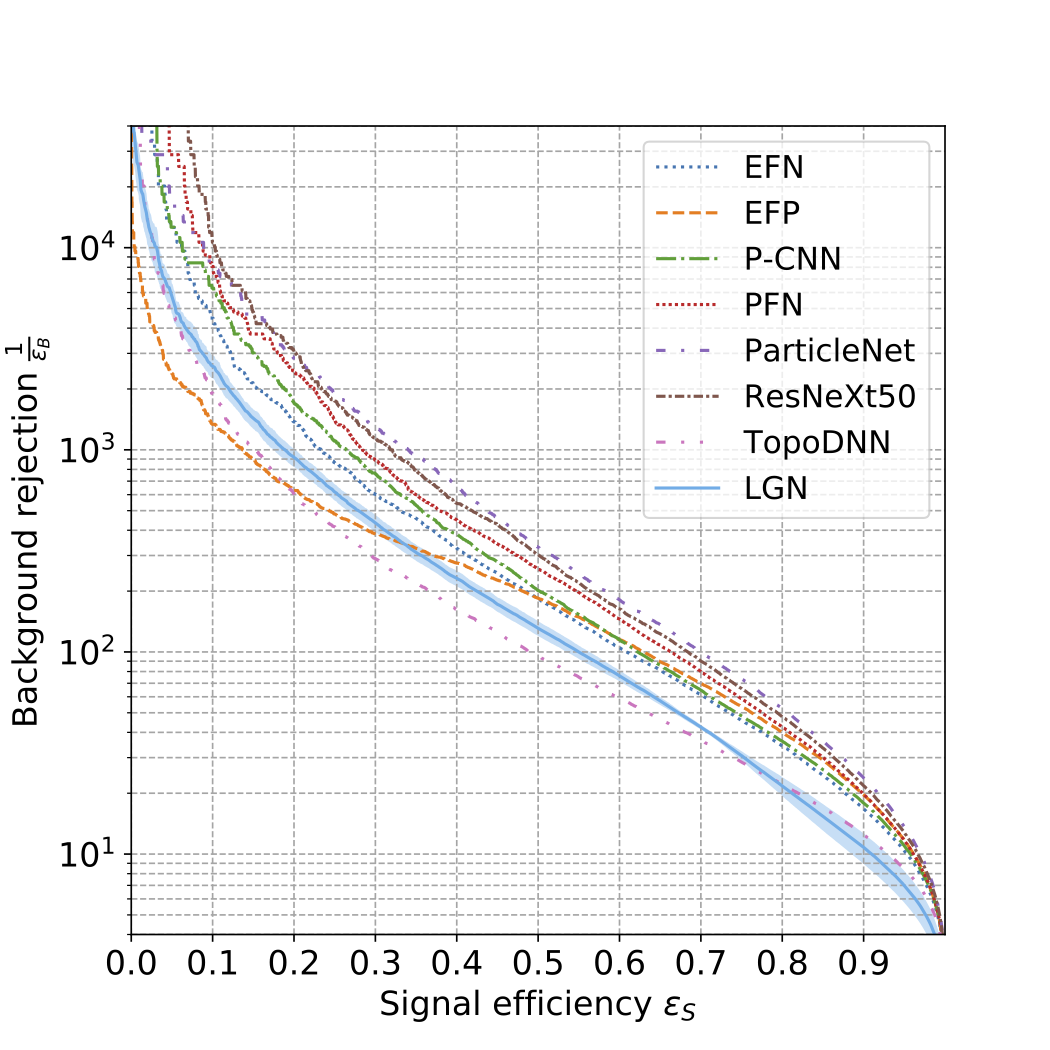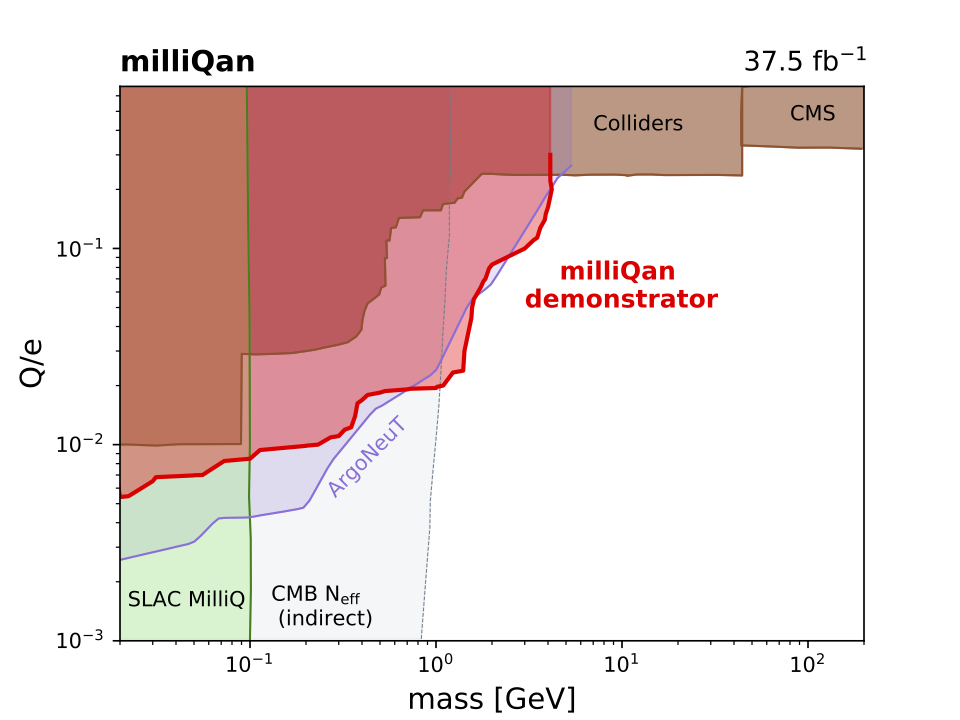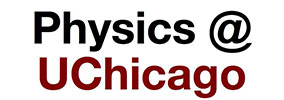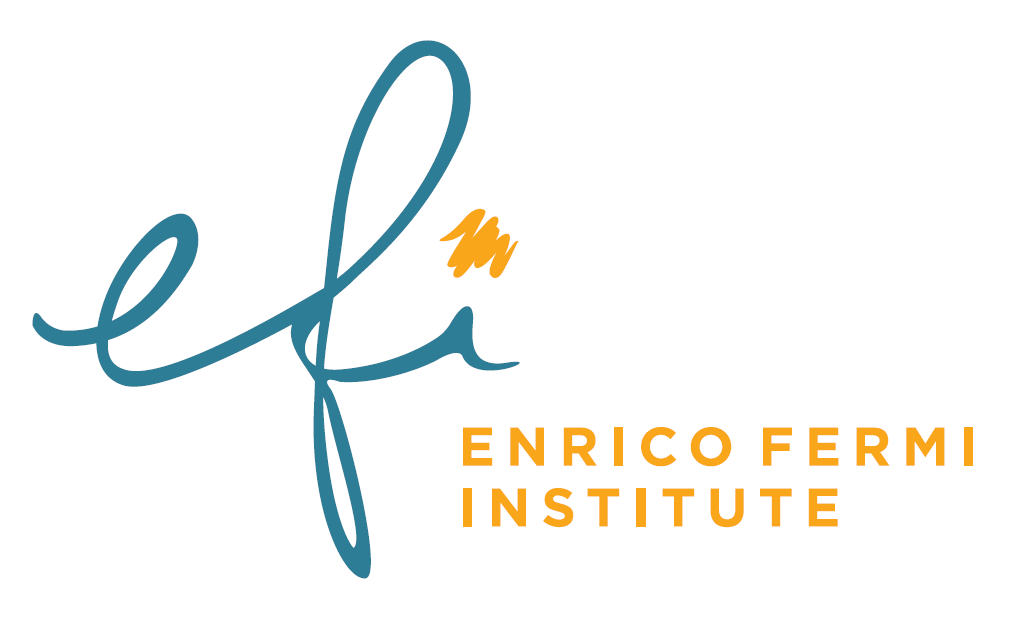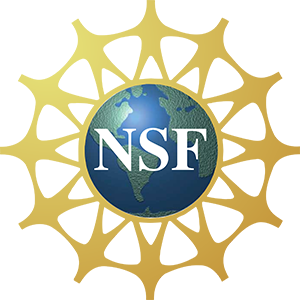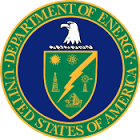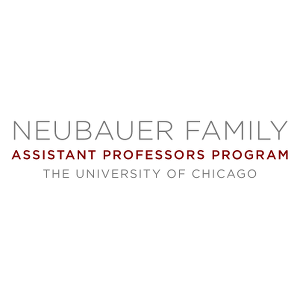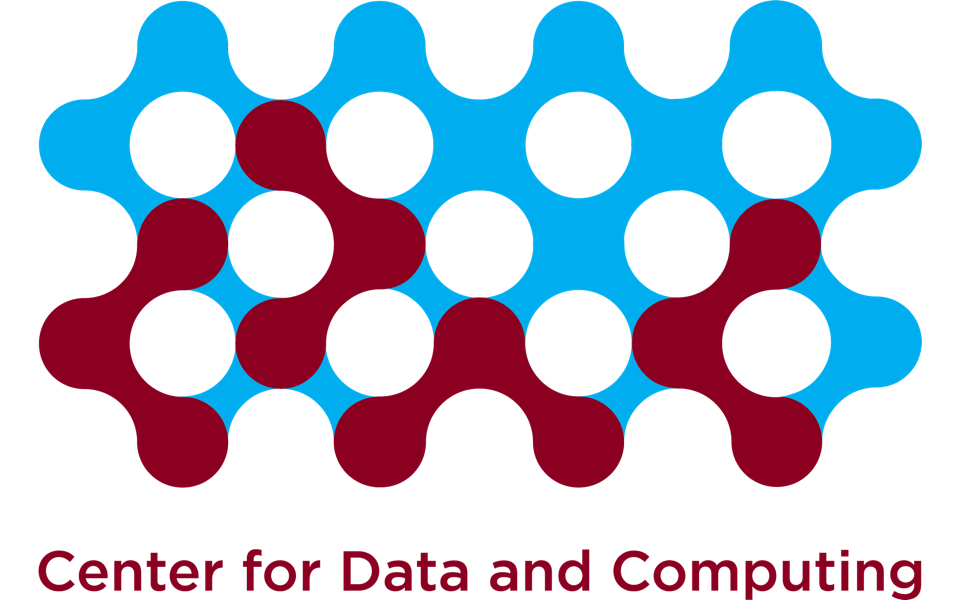News from The Miller Lab at The University of Chicago
Conference 02/29/2024
Cecilia Tosciri presents her work on gFex Simulation & Monitoring - Recent developments & plans as well as the plans for Trigger menu - From legacy to Phase-I only and Kristin Dona made key contributions to both Cecilia's talk on gFEX monitoring as well as collaborator Despina Sampsonidou's gFEX Performance talk at the ATLAS L1Calo Joint Meeting Workshop at CERN this week!
Paper Accepted 02/25/2024
Our PELICAN paper was accepted for publication in JHEP! Congratulations to Jan Offermann, Timothy Hoffman, and Xiaoyang Liu, as well as lead author and collaborator Alex Bogatskiy!
Preprint Published 02/20/2024
Huge congratulations to Emily Smith for the release of the preprint of her PhD thesis work on Measurements of Lund subjet multiplicities in 13 TeV proton-proton collisions with the ATLAS detector [arXiv:2402.13052]
Paper Accepted 02/13/2024
Our GigaBREAD results for our first dark photon search (without a magnetic field) were accepted for publication in PRL! Congratulations to PhD student Gabe Hoshingo, and undergraduate researchers Mira Littmann and Alex Lapuente, as well as our close colleagues at Fermilab and elsewhere!










